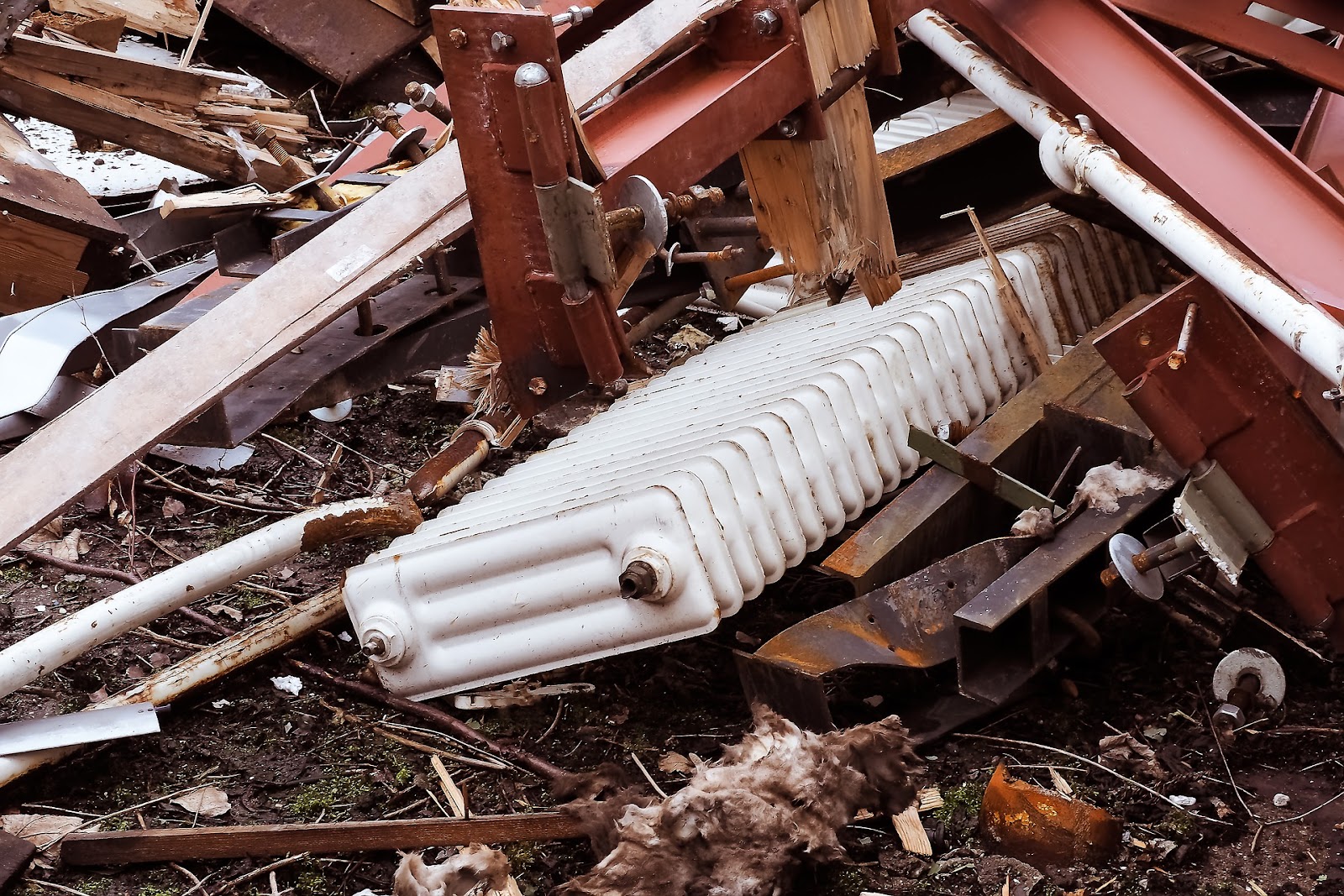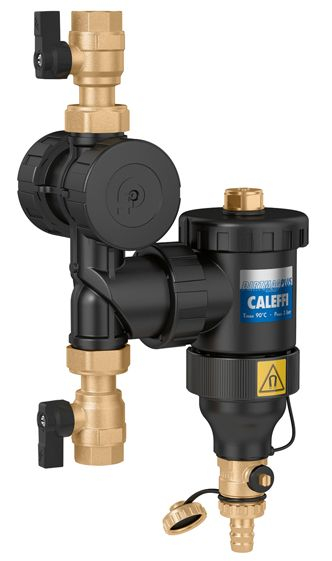Corrosion is the most common cause of malfunctions in heating systems. It is responsible for worsened heating efficiency, leaks, component failures and a shorter lifespan of the entire system. Find out how to effectively fight corrosion in your heating system.
Why is corrosion so dangerous anyway? It destroys metal materials of heating systems and leads to a whole range of problems. At first it attacks and degrades the surface of those materials, but gradually it gets deeper and deeper, it can even create a crack or a hole in the heater or disrupt the connections. This results in a dangerous leakage of operating fluid.
Rust peels off and is released into the fluid. Rust particles clog the system, reducing the flow and heating performance and can destroy moving parts of the system.
There are several types of metal corrosion. In heating systems, you may encounter the following:
Galvanic corrosion is also called bimetallic or electrolytic corrosion. Simply put, it is the formation of rust due to the interaction of different metals. Therefore, galvanic corrosion occurs provided that:
Metals connected in this way are called a galvanic cell.
And how does galvanic corrosion take place? If the above conditions are met, one metal (the less noble one) becomes the anode and the other the cathode. The conductive solution then transfers electrons from the anode to the cathode, significantly accelerating corrosion of the anode. The cathode remains intact, or its corrosion is slowed in proportion to how the corrosion of the anode is accelerated.

Galvanic corrosion - the silent killer of heating systems.
In practice, this phenomenon can be encountered in heating systems that are made of several different metal materials. This is undesirable, a good designer should always think about galvanic corrosion and design the entire system, including all components, from single metal material without admixture, or from materials with the same or similar corrosion potential. If this is not possible, it is necessary to properly isolate the individual materials that could form a galvanic cell.
Even the boiler and other heating components can create a galvanic cell, it is also necessary to take into account their corrosion potential within the entire system.
Rust is dangerous for two reasons:
You can prevent the negative consequences of corrosion processes by properly maintaining the heating system.
Prevention must correspond to the causes of different types of corrosion:
Using a magnetic filter, you can effectively and simply remove all loose rust particles from the liquid. Magnetic filters are already a part of modern heating systems, but their use is highly recommended even in older systems.

Caleffi filter and magnet drainer.
Why are magnetic filters a necessity these days? Although modern heating systems are much less energy-demanding than older ones, they are also more complex. They usually consist of many parts and components, which results in the fact that several construction materials with different corrosion potential are used in them. As mentioned above, they easily create an unwanted galvanic cell.
In addition, pumps with a strong magnet are used in modern systems, which increases the pump's efficiency, but also catches magnetic metal fragments and sludge, which can lead to its worsened functioning or to seizing.
The solution to these problems is a magnetic filter for heating. This device very effectively removes all metals, metal sludge and rust from the operating fluid. It simply catches them using a strong magnet, which only needs to be cleaned about once a year. Since the magnetic heating filter works only on the basis of the laws of physics, its operation is 100% efficient, but it will be cost-free.